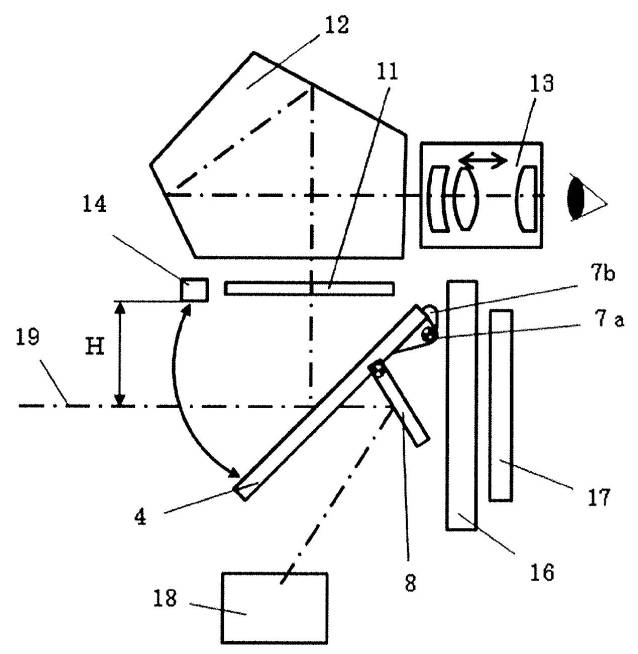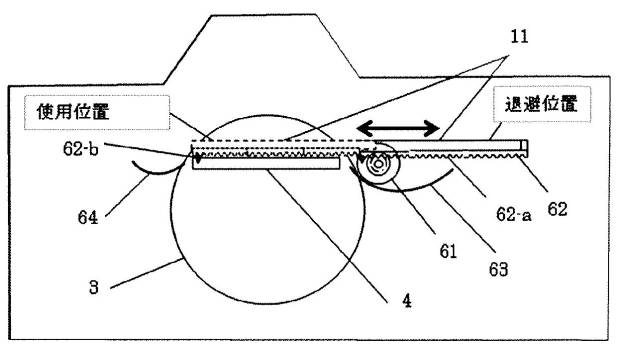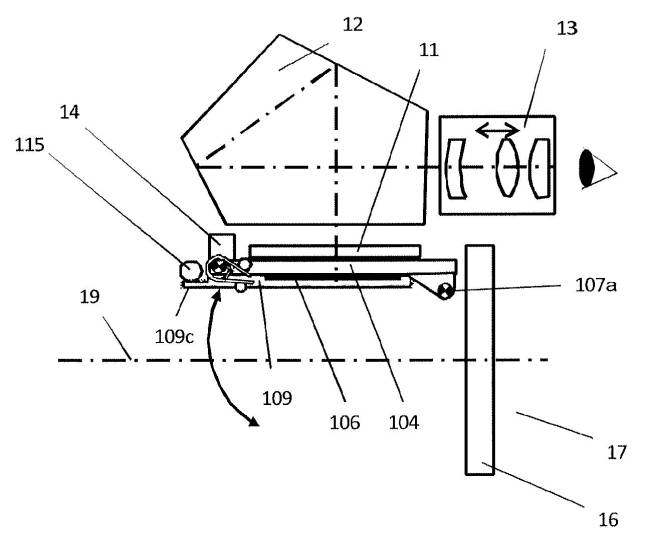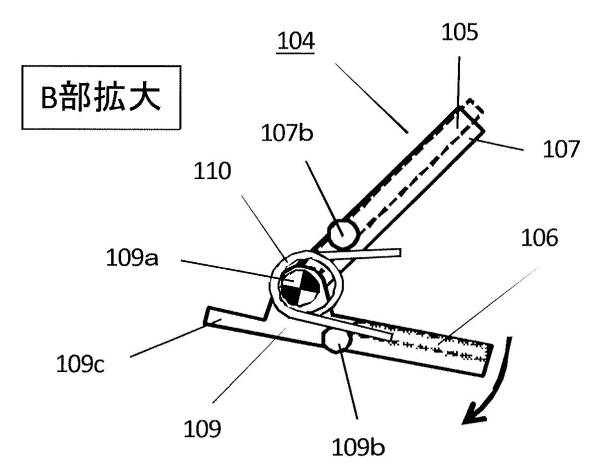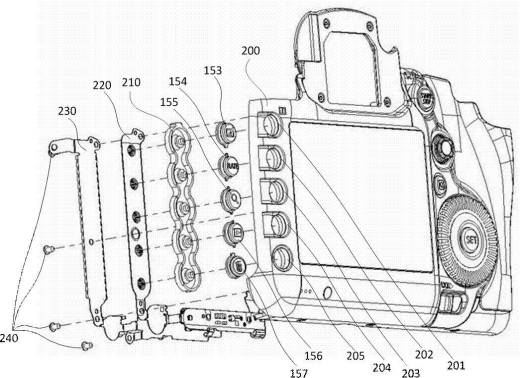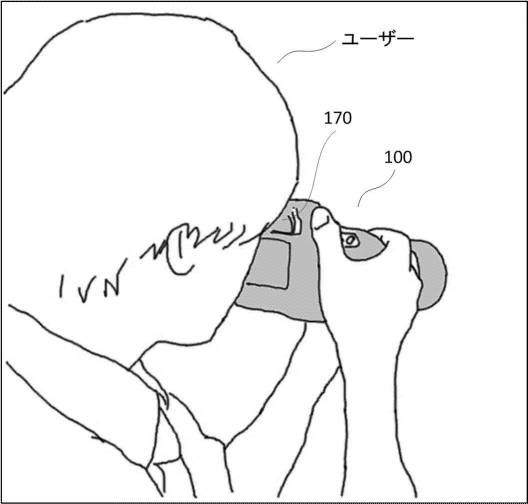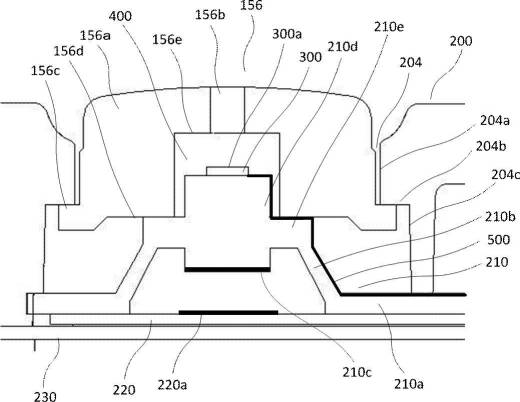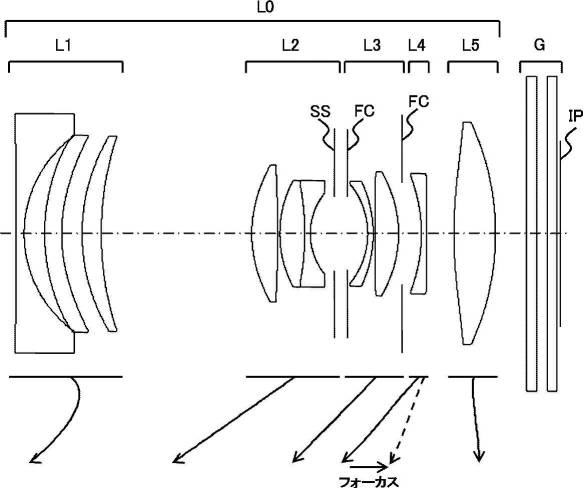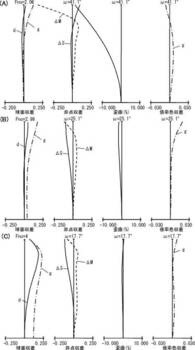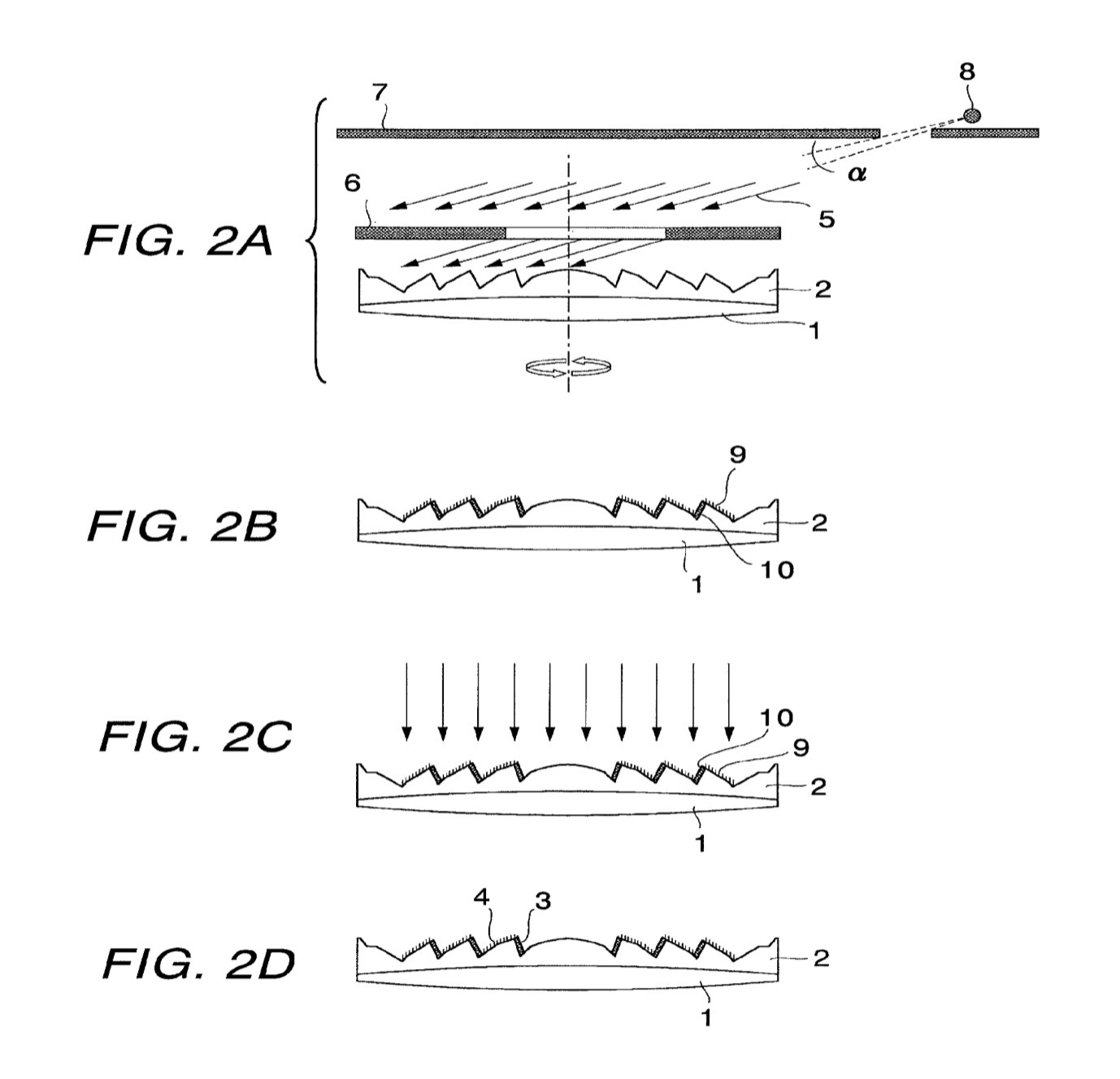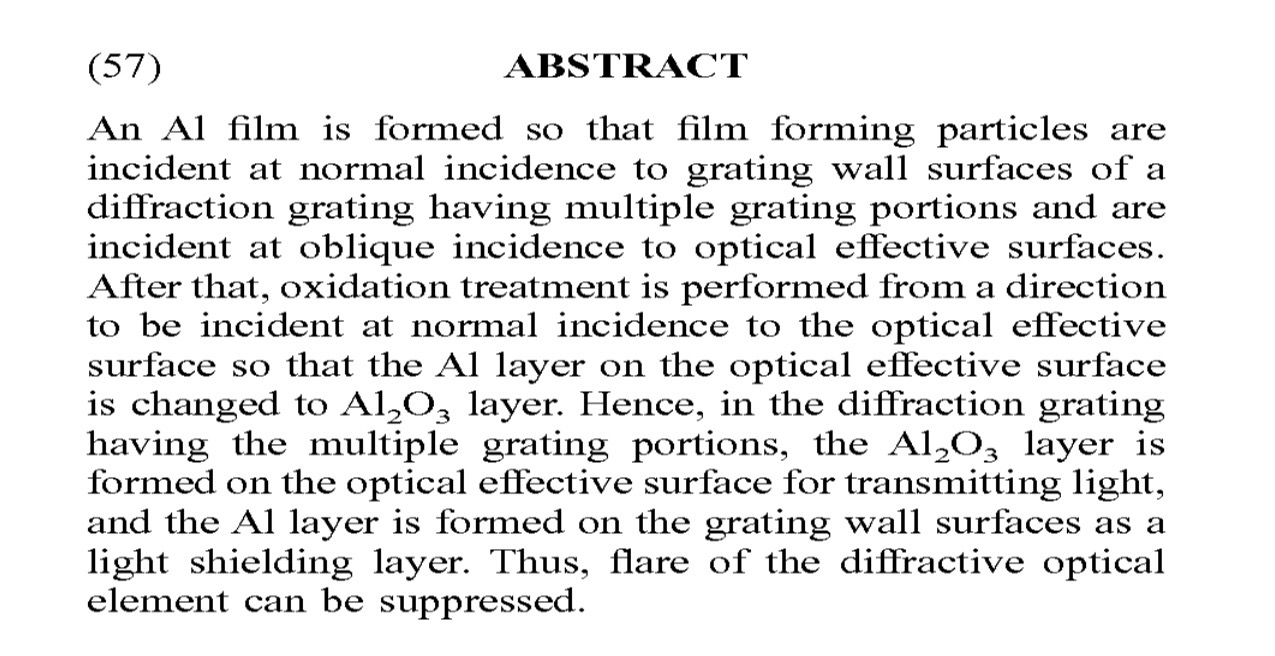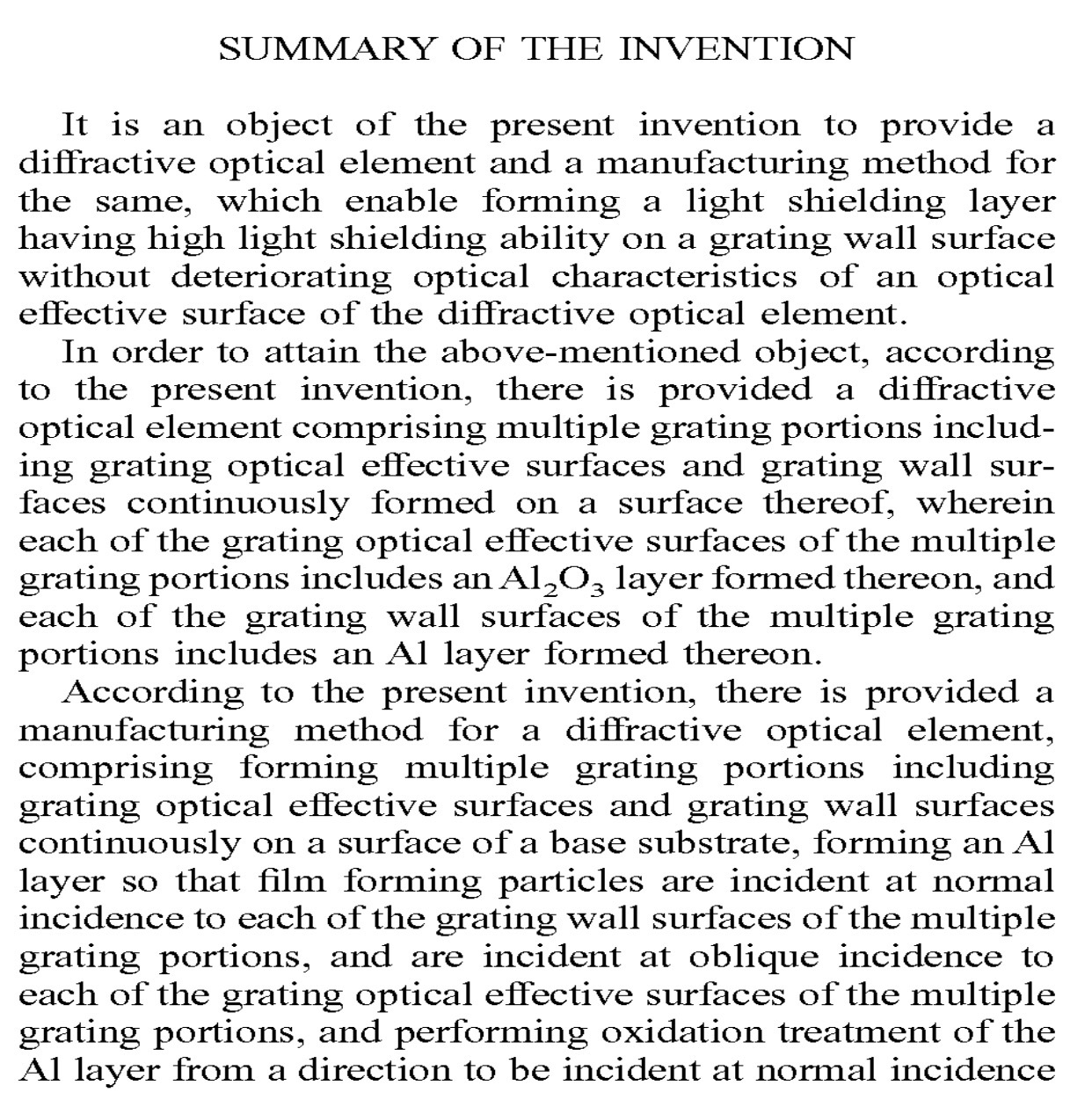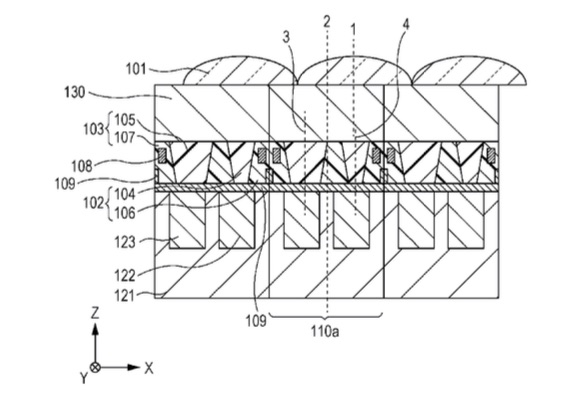Canon patent to miniaturise the aperture mechanism of a lens (new pancake lenses?)
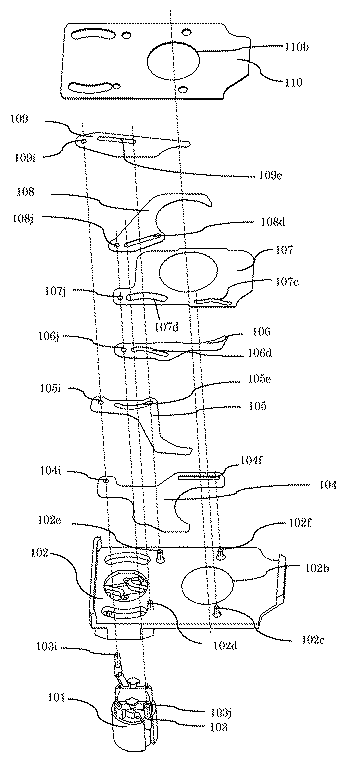
Canon patent regarding how to miniaturise the aperture mechanism of a lens. Specifically, the patent seems to refer to lenses where miniaturisation plays an important role. Such lenses may be made for special application, but it could also mean a pancake lens.
Let’s see patent JP2017-187730A’s abstract:
PROBLEM TO BE SOLVED: To provide a light quantity adjusting device capable of achieving downsizing of a device while obtaining a good aperture stop shape.
A diaphragm driving section disposed outside of the base plate, a pair of linearly advancing blades linearly advancing and retracting with respect to the opening section, 107, and a plurality of oscillating blades 105, 109, 106, 108 which oscillate diagonally from both sides in the moving direction of the pair of rectilinearly moving blades in the moving direction toward the center of the opening to obtain a good aperture opening shape while trying to downsize the device.
I hope this Canon patent points to new, compact lenses, preferably pancake lenses for Canon APS-C and EOS M systems.

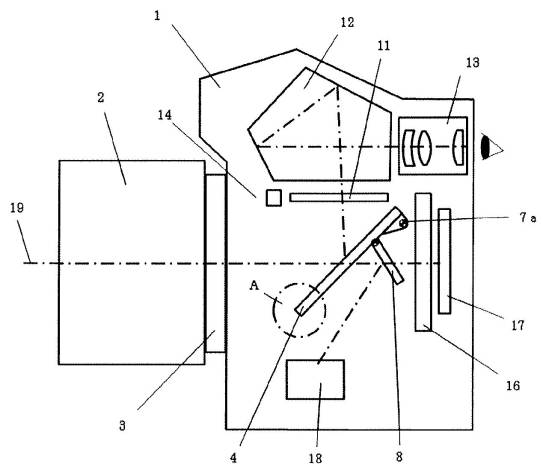 Canon’s labs are actively working on hybrid viewfinder technology. This is
Canon’s labs are actively working on hybrid viewfinder technology. This is